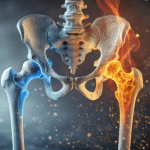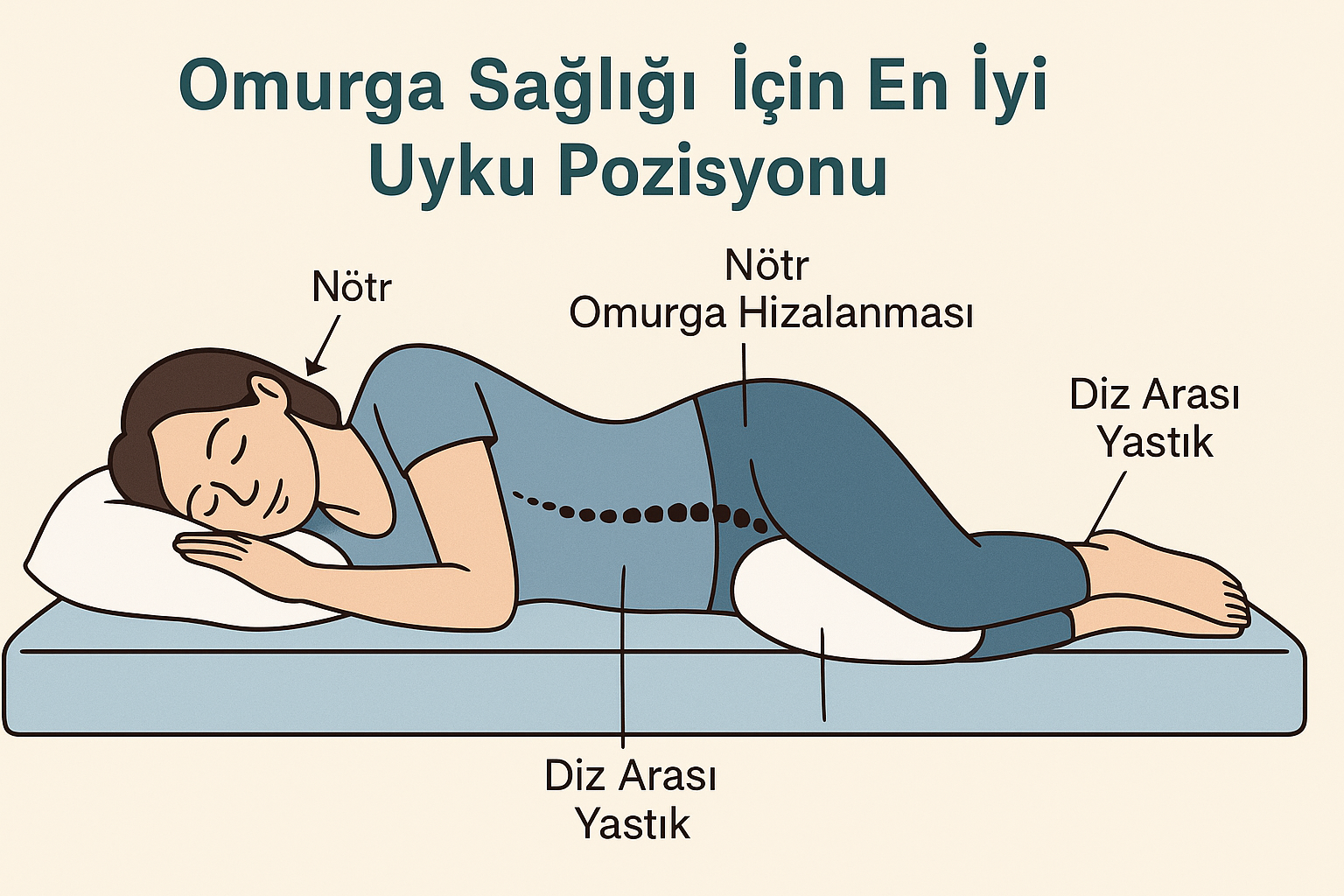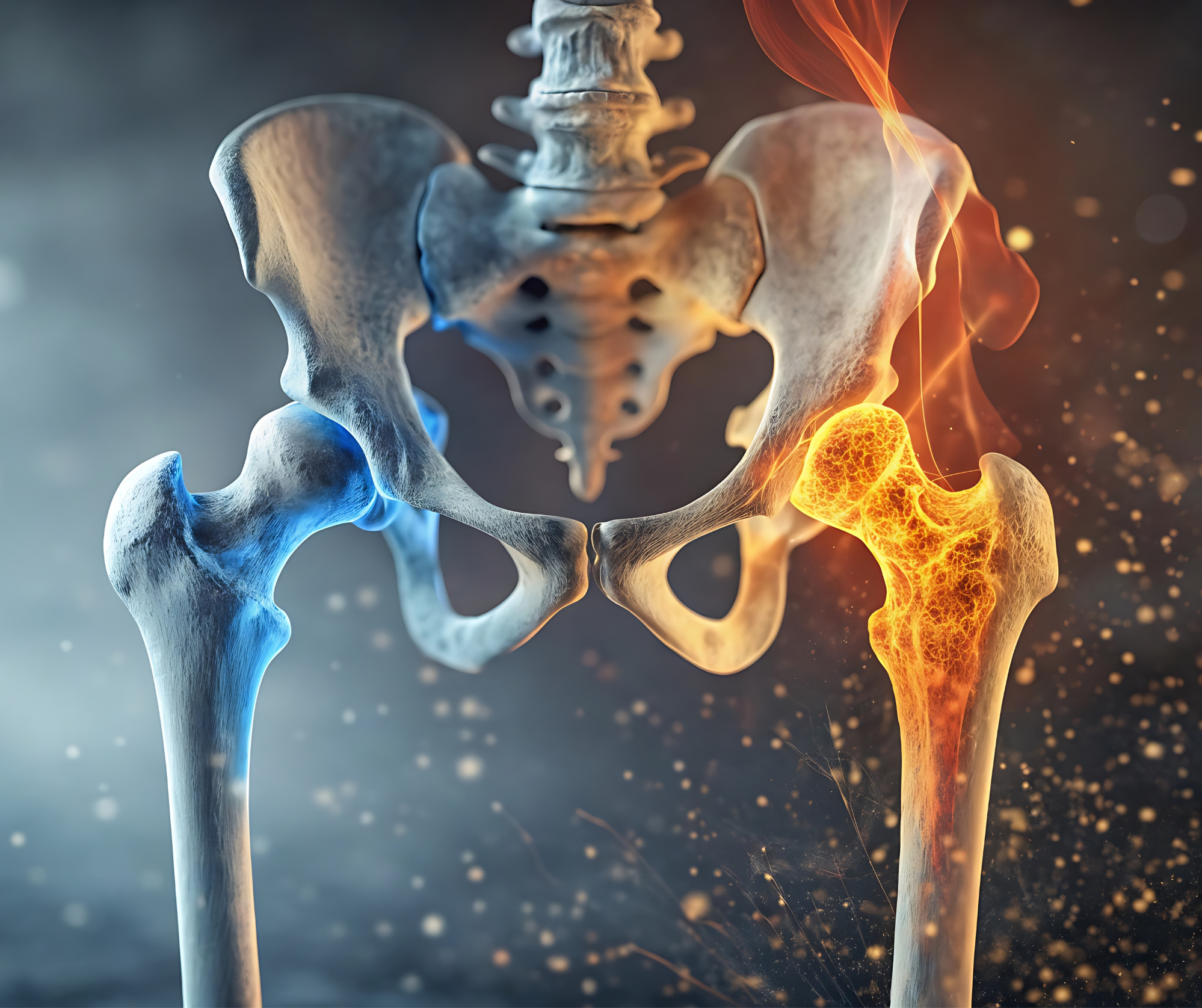What is World Osteoporosis Day and why is it important?
October 20, all over the world World Osteoporosis Day is celebrated as "Osteoporosis Day". This special day is organized every year to draw attention to the importance of bone health, raise awareness about osteoporosis and emphasize the importance of early diagnosis.
This day, supported by the World Health Organization (WHO) and the International Osteoporosis Foundation (IOF), is not only a medical awareness event, but also a call for healthy living.
History and purpose of Osteoporosis Day
First celebrated in 1996, World Osteoporosis Day has evolved into an annual global event with the symbolic choice of October 20 as the date. Its aim is to draw attention to the bone density that millions of people lose as they age and to encourage preventive lifestyles.
WHO's role and global awareness campaigns
The World Health Organization has recognized osteoporosis as one of the most prevalent public health problems of the 21st century.
Every year "Strong Bones for Life" (Life for Strong Bones) or "Step Up for Bone Health" (Take Action for Bone Health). These campaigns reach millions of people through social media and health organizations.
What is Osteoporosis? Scientific Definition of Osteoporosis
Osteoporosis is characterized by a decrease in bone mass and impaired microstructural integrity of bone tissue, is a chronic and progressive skeletal disease. This makes the bones brittle and fractures can occur even with minor impacts.
Structure and function of bone tissue
Bones are living tissues that contain minerals (especially calcium and phosphorus). Cells called osteoblasts and osteoclasts constantly renew bone tissue.
In osteoporosis this balance is disturbed; destruction (osteoclast activity), from building (osteoblast activity) it becomes more and more.
How does osteoporosis develop? Biological processes and risk factors
Bone loss is usually aging, hormone changes (especially estrogen deficiency), malnutrition, physical inactivity and genetic factors due to
Araştırmalar, menopoz sonrası kadınlarda kemik yoğunluğunun ilk 5 yılda %20’ye kadar azalabileceğini göstermektedir.
Symptoms of Osteoporosis and Early Diagnosis Methods
Osteoporosis, usually "silent disease" because its symptoms are often not recognized until later in life.
Low back and back pain, short stature, hunchback (kyphosis) and fractures are symptoms that occur in advanced stages of the disease.
Bone density measurement (BMD) and diagnostic methods
Gold standard method in diagnosis Dual-Energy X-ray Absorptiometry (DXA) test.
This test measures bone mineral density (BMD) and the results are assessed as a "T-score":
- T-score -1 and above: Normal
- T-score -1 to -2.5: Osteopenia (pre-stage)
- T-score -2.5 and below: Osteoporosis
Early diagnosis can halt the progression of the disease through lifestyle changes.
Who is at Risk? Women, Men and Age Groups
Risk of osteoporosis in postmenopausal women
The decrease in estrogen levels in women after menopause leads to a rapid decrease in bone density. Osteoporosis is therefore the most common metabolic bone disease in women over 50.
Osteoporosis in men: The unseen danger
Although it is known as a female disease, men also have a significant risk of osteoporosis after the age of 65.
Low testosterone, smoking, alcohol and inactivity increase risk factors in men.
Genetic, nutritional and lifestyle influences
Aile öyküsünde kırık veya osteoporoz varsa, risk %50’ye kadar artabilir.
A calcium-poor diet, vitamin D deficiency and inactivity accelerate the development of osteoporosis.
Prevention of Osteoporosis: Precautions to be taken in Daily Life
The most powerful medicine for osteoporosis is a precaution. Taking care of bone health at an early age is the basis for preventing fractures in later life.
The importance of calcium and vitamin D intake
- The daily calcium requirement is 1000-1200 mg in adults.
- Vitamin D increases calcium absorption; 15-20 minutes of sunlight a day is sufficient.
Milk, yogurt, cheese, green leafy vegetables and almonds are rich in calcium.
Exercise, movement and bone strength
Weight-bearing exercises (walking, dancing, light weight training) promote bone formation.
At least 150 minutes of moderate physical activity per week is recommended.
A smoke-free, alcohol-free lifestyle
Smoking suppresses osteoblast activity and alcohol reduces calcium absorption. These two habits are the biggest enemies of bone health.
Current Approaches in Osteoporosis Treatment
The goal of osteoporosis treatment is to stop bone loss, increase bone density and reduce the risk of fractures. Treatment usually involves medication, lifestyle changes and dietary adjustments.
Drug therapies: Bisphosphonates, hormone therapies and new drugs
The most commonly used drug group in the treatment of osteoporosis bisphosphonates (e.g. alendronate, risedronate). These drugs increase bone density by slowing bone breakdown.
In postmenopausal women estrogen replacement therapy It can also be applied in certain cases; however, it should be done under the supervision of a doctor, taking into account the side effects.
Developed in recent years denosumab and romosozumab Biotechnological drugs, such as biotechnologics, target bone metabolism and reduce the risk of fracture more effectively.
Nutritional therapies and supportive treatments
Calcium and vitamin D supplementation is mandatory for most patients.
Other micronutrients such as magnesium, zinc, phosphorus and vitamin K also play an important role in bone formation.
Protein balanced dietreduces the risk of falls by maintaining muscle strength.
In addition, physiotherapy and balance exercisesis critical in the prevention of osteoporotic fractures.
Osteoporosis in Turkey: Current Data and Awareness Status
Türkiye’de osteoporoz, 50 yaş üstü nüfusun yaklaşık %25’inde görülmektedir. Kadınlarda bu oran %33’e kadar çıkmaktadır.
However, public awareness is still low, with most people only having their bone density measured after a fracture.
Osteoporosis prevalence and risk factors in Turkey
Research shows that vitamin D deficiency is quite common in our country and this increases the risk of osteoporosis.
Sedentary lifestyle, insufficient sun exposure and low calcium intake are also important factors.
2025 World Osteoporosis Day Theme: "Take Action for Bone Health"
Each year World Osteoporosis Day is celebrated with a specific theme. The theme for 2025 "Take Action for Bone Health"invites individuals to adopt healthy living habits.
Meaning of the theme message and social calls
This theme is based on the idea that movement is not only a physical act, but also a biological mechanism that promotes bone regeneration that it is.
Small steps - short walks every day, taking the stairs or regular exercise - can make a big difference in the long run.
Social media campaigns and ways to raise individual awareness
Global campaigns with the hashtags #StrongBones, #WorldOsteoporosisDay and #StepUpForBoneHealth affect millions of people and raise social awareness.
In Turkey, there is an increasing number of "take early precautions" themed posts, especially among young age groups.
Osteoporosis and Psychological Effects: The Invisible Side
Osteoporosis is not only a physical disease; its long-term effects can have a profound impact on psychological and social life.
Post-fracture pain, restricted mobility and feelings of dependency can increase the risk of depression and anxiety.
Impact of chronic disease on quality of life
Araştırmalar, osteoporoz tanısı alan bireylerin yaşam kalitesinde %30’a varan düşüş olduğunu göstermektedir.
Persistent pain and limited mobility can lead to social isolation and loss of self-confidence.
Support groups and psychological resilience methods
Support groups for people living with osteoporosis can be of great benefit in terms of sharing and motivation.
Approaches such as mindfulness, yoga and psychological counseling also increase mental resilience.
Frequently Asked Questions (FAQ) about Osteoporosis
1️. Is osteoporosis completely cured?
No, but with appropriate treatment the disease can be controlled. Bone loss can be slowed down and the risk of fractures reduced.
2️. At what age does the risk of osteoporosis begin?
It usually starts after the age of 50; however, it can be seen earlier if there is a genetic predisposition and nutritional deficiency.
3️. How safe is calcium supplementation?
It is generally safe when taken under a doctor's supervision. However, an overdose of calcium can increase the risk of kidney stones.
4️. How common is osteoporosis in men?
Erkeklerin yaklaşık %20’sinde 70 yaş sonrası osteoporoz görülür; bu oran kadınların yarısı kadardır.
5️. How long should you get vitamin D from the sun?
It is enough to sunbathe for 15-20 minutes a day with the face, arms and legs uncovered.
6️. How often should osteoporosis screening be done?
Women over 50 and men over 65 should have their bone density measured at least every 2 years.
Conclusion: Strong Bones, Strong Future - Strengthen with Awareness
Osteoporosis is not an inevitable consequence of aging; it is preventable.
Early diagnosis, healthy nutrition, regular exercise and awareness are key to maintaining bone health.
October 20 is World Osteoporosis DayThis is an excellent opportunity to raise awareness and encourage people of all ages to care about bone health.
Remember:
Strong bones mean a strong future.










